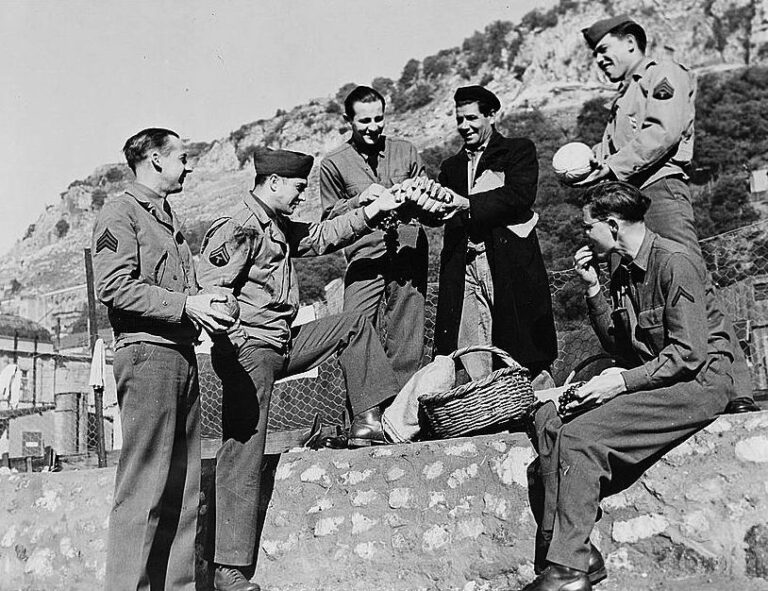This paper seeks to engage the construction of urban “soundscapes” as a potential flashpoint for class conflict by analyzing auditory and visual representations of “the neighborhood” (al-houma) in a handful of Moroccan hip-hop videos. I begin by situating Moroccan hip-hop within transnationally circulating associations of hip-hop with “urban” life, as well as the political dynamics of North Africa’s colonial and postcolonial urban histories. I then analyze four videos comparatively, suggesting that each goes beyond lyrical and musical content of the songs to construct a sensory experience of the city—or neighborhood—for the listener-viewer. In giving attention to the political implications of each video, however, I argue that what distinguishes each is less what sort of “soundscape” emerges in his video but how each video teaches the audience to “hear” the Houma. While videos by mainstream rappers Muslim and Don Bigg figure urban space as threatening and in need of moral recuperation, they enact these pedagogies largely through indexical figurations of their respective soundscapes, that is, by directing the listener to attend to certain (inaudible) sounds and to interpret them in a certain way. By contrast, a video by El Haqed, known as a more staunchly oppositional figure, visually and sonically constructs a peri-urban lifeworld conditioned by neoliberal economic abandonment yet resistant to the postcolonial gaze. This contrast, I suggest, raises crucial questions about how hip-hop is linked to broader dynamics of cultural appropriation and “resistance” politics.
Keyword: North Africa
Introduction: Cultural Constructions of Race and Racism in the Middle East and North Africa / Southwest Asia and North Africa
In recent years, scholars in the fields of cultural studies, American studies, history, ethnic studies, and Middle East area studies have approached questions of race and racism in this geographic region with renewed critical vigor. Recent work deconstructing anti-Arab racism and Islamophobia in the Americas and Europe has put these patterns of discrimination into intersectional conversation with anti-Black and anti-Indigenous racism. New historical efforts have drawn attention to the legacies of slavery in the Ottoman, Persian, and Arab Empires, working to understand how forms of racialization and racial hierarchization predated and were exacerbated by the arrival of European imperial forces. At the same time, activists in the region draw attention to prevailing racism against migrant laborers, marginalized indigenous populations, and others as the afterlives of colonialism, war, austerity, and revolution carry on. Together, this academic and activist work asks for attention by leaders, community members, and scholars of this region to the particularities of racecraft in the region: How are “Blackness” and “whiteness” constructed in the Arabic, Hebrew, Persian, and Turkish speaking worlds? What are the obstacles to discussing and identifying race particular to the histories of this region, its peoples, and its histories? This forum uses close readings of popular culture and political discourse across the Middle East and North Africa / Southwest Asia and North Africa (MENA/SWANA) in pursuit of these questions and others.
“Incommensurate Ontologies”? Anti-Black Racism and the Question of Islam in French Algeria
In recent years, scholars and activists in France and the United States have questioned whether discrimination against Muslims constitutes a form of racism. In France, some on the left have claimed that religion is a category of belief and therefore should remain separate from discrimination based on skin color or other physical characteristics. In the United States, Afropessimist approaches insist on the specificity of anti-Black racism, rooted in the historical difference between the native and slave. This article, by contrast, argues that race and religion should be studied relationally and highlights how being Muslim exceeded the frame of personal conviction in colonial Algeria, where religious identity was the basis of a political and economic project that were constructed in their wake. The works of Frantz Fanon are particularly instructive in this regard, as he insisted on viewing Blackness as fundamentally relational and also drew on his analysis of anti-Black racism in mainland France to understand the dynamics of settler colonialism in Algeria. The porous line between religious and racial categories also sheds light on discussions of sectarianism in the Middle East more broadly, as colonial regimes irrevocably shaped the contours of the nation-state that were constructed in their wake. Postcolonial sectarianism inherited the intimate relationship between race and religion constructed by empire.
What is Whiteness in North Africa?
This entry sketches a matrix for conceptualizing race in/ and North Africa that takes Arabness, indigeneity, Islam, the Sahara, and slavery as orienting keywords. It suggests an approach to a geopolitically-grounded whiteness as social currency and aspiration that is both based in specific regional economic history and also reaches outward toward globally-circulating formations of racial hierarchy. Acknowledging the distinct legal, colonial, and state histories under and through which racialization has proceeded in North and Saharan Africa since the dissolution of the Ottoman Empire, this entry aims to draw out the ethical imaginaries through which bodies have been marked and categorized in this region. These ethical imaginaries have operated through their attendant languages, memories, and performances to enable racisms and colorisms with violent and enduring material consequences. Under the headings “Racialized Enslavement,” “Whiteness and Arabness,” “Race and the Sahara,” and “Race in North African Popular Culture,” I offer brief introductions to these discursive formations, histories, and conceptual intersections and offer suggested readings for each.



